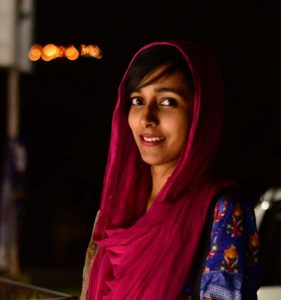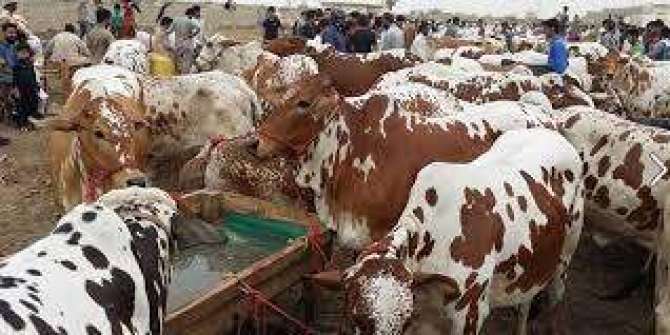10 Years Old Pakistani Kid Displays His Unique Idea Of Using Discarded Batteries To Power Villages
10 years old Pakistani kid is making the buzz with his unique idea! He has demonstrated the project of how remote villages in Pakistan can be powered by using discarded batteries of cars and laptops.
She presented his idea at a science exhibition in Pakistan Association Dubai on Saturday. Ansa Saleem along with her teammate Shayaan Pervaiz are among the children who displayed their projects in Dubai. Sultan is a student Pakistan Community Welfare School in Mussafah.
“There are many villages in Pakistan that are without electricity and this is a way of solving that problem. There are many batteries around the world, especially lithium-ion ones, that are wasted. They can be used to give electricity to these villages,” she said while speaking to an international reporting source.
“Not having electricity in villages is a big problem in Pakistan and we have the answer in front of us.”
UAE astronaut Hazzaa AlMansoori’s space mission has inspired a new interest and passion for science and technology in children’s hearts. Ayesha Iftikhar and her teammate, both of them study at grade 8 students at the Pakistan Community Welfare School, ae of the view that the use of more methane-fuelled rockets will increase the number of trips to the planet Mars.
“We have designed our project around the most fundamental question: Is there any other form of life out there? Our universe is massive and there needs to be proper research carried out to find the answer to this question. We are also presenting a robot that can travel around Mars to assess its climate conditions and atmosphere.”
Ahmed Hani, a grade 10 student, further expressed that they want to explore how it is possibility for humans to settle on another planet by the year 2025.
“There are three main challenges we currently face: Water, food, and oxygen. For water, we have created the idea of a device called ‘waiver’, which uses the 100 percent humid conditions on Mars to condense it into the water, which then gets collected in a tank,” said Hani.
“We’ll take dry food from earth. We also have a setup where carbon dioxide can be converted into oxygen.”
What are your views on this? Share with us in the comments bar below.





.jpg)
